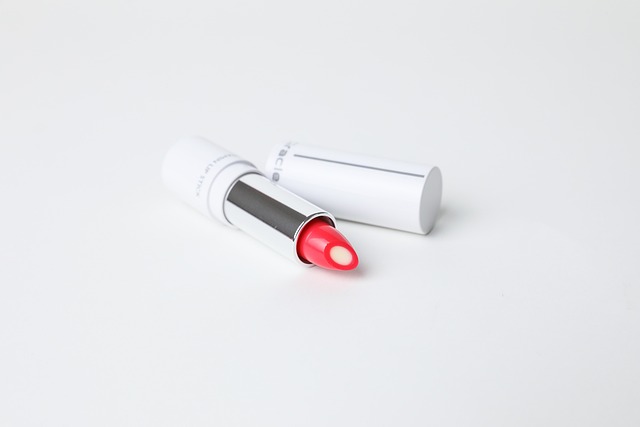The traditional lipstick market is shifting towards organic lipstick and vermouth beauty, driven by consumer demand for natural, safe, and eco-friendly alternatives. These new formulations leverage mineral pigments, vegetable oils, and beeswax derivatives to achieve color, durability, and texture while avoiding synthetic chemicals. The trend caters to health-conscious individuals and promotes sustainability, marking a significant step towards a greener beauty industry.
Uncover the secrets behind your favorite makeup staple—lipstick. In this comprehensive guide, we explore the world of cosmetics and their chemical components. From traditional formulations to the rising trend of organic lipstick, we delve into natural alternatives and their benefits for a healthier pout. Furthermore, discover the allure of vermouth beauty as modern lipsticks incorporate unique plant-based ingredients. Learn how these innovations are revolutionizing the beauty industry with safer, sustainable options.
- Unveiling the Ingredients: A Look at Traditional Lipstick Formulations
- The Rise of Organic Lipstick: Natural Alternatives and Their Benefits
- Vermouth Beauty: Exploring Unique Plant-Based Ingredients in Modern Lipsticks
Unveiling the Ingredients: A Look at Traditional Lipstick Formulations

Unveiling the Ingredients: A Glimpse into Traditional Lipstick Formulations
Lipstick, a staple in many makeup routines, has evolved significantly over time. Traditional formulations often contain a blend of chemicals designed to enhance color, increase longevity, and provide a smooth texture. These may include dyes like carmine or red 40 for pigment, waxes such as beeswax or candelilla for structure, and oils including castor oil or jojoba oil for hydration. While these ingredients have been proven safe for topical use, there’s a growing interest in organic lipstick alternatives that avoid synthetic chemicals.
The allure of vermouth beauty—a term evoking richness and depth—has led many consumers to seek out lipsticks with more natural origins. Organic options often substitute mineral-based pigments, vegetable oils, and beeswax derivatives for their conventional counterparts. These changes not only appeal to eco-conscious consumers but also those concerned about the potential health impacts of certain synthetic chemicals found in conventional makeup.
The Rise of Organic Lipstick: Natural Alternatives and Their Benefits

The beauty industry has seen a significant shift towards organic and natural products, and lipstick is no exception. This trend is driven by consumers becoming increasingly conscious of the potential health risks associated with traditional makeup ingredients. Many conventional lipsticks contain chemicals that have raised concerns among consumers and regulatory bodies alike. As a result, vermouth beauty—or the use of organic alternatives—has emerged as a popular solution.
Organic lipstick formulates without synthetic substances and relies on natural components instead. These include plant-based oils like coconut and jojoba, beeswax, essential oils, and mineral pigments. This shift not only appeals to health-conscious consumers but also offers environmental benefits. By choosing organic, users can reduce their exposure to potentially harmful chemicals and support sustainable practices in the beauty industry.
Vermouth Beauty: Exploring Unique Plant-Based Ingredients in Modern Lipsticks

In recent years, there’s been a growing trend among conscious consumers to opt for organic lipsticks as part of their makeup routine. This shift is driven by a desire to avoid the potentially harmful chemicals often found in traditional cosmetics. As a result, brands are increasingly turning to vermouth beauty – a term that encapsulates the exploration and celebration of unique, plant-based ingredients in modern lipstick formulations.
These natural alternatives offer not only safety benefits but also diverse, intriguing properties. From nourishing essential fatty acids to providing vibrant color from plant pigments, vermouth beauty lipsticks cater to both health-conscious consumers and those seeking innovative, sustainable makeup options. They represent a significant step towards a more holistic and environmentally friendly approach to beauty.
In exploring the world of lipstick, from traditional formulations to modern innovations like organic and plant-based vermouth beauty, it’s clear that the industry is evolving. Consumers are increasingly demanding safer, more sustainable options, driving brands to reveal their ingredients and create natural alternatives. Choosing an organic lipstick or one with unique plant-based components allows for a more conscious consumption experience, ensuring both beauty and wellness without compromising.
